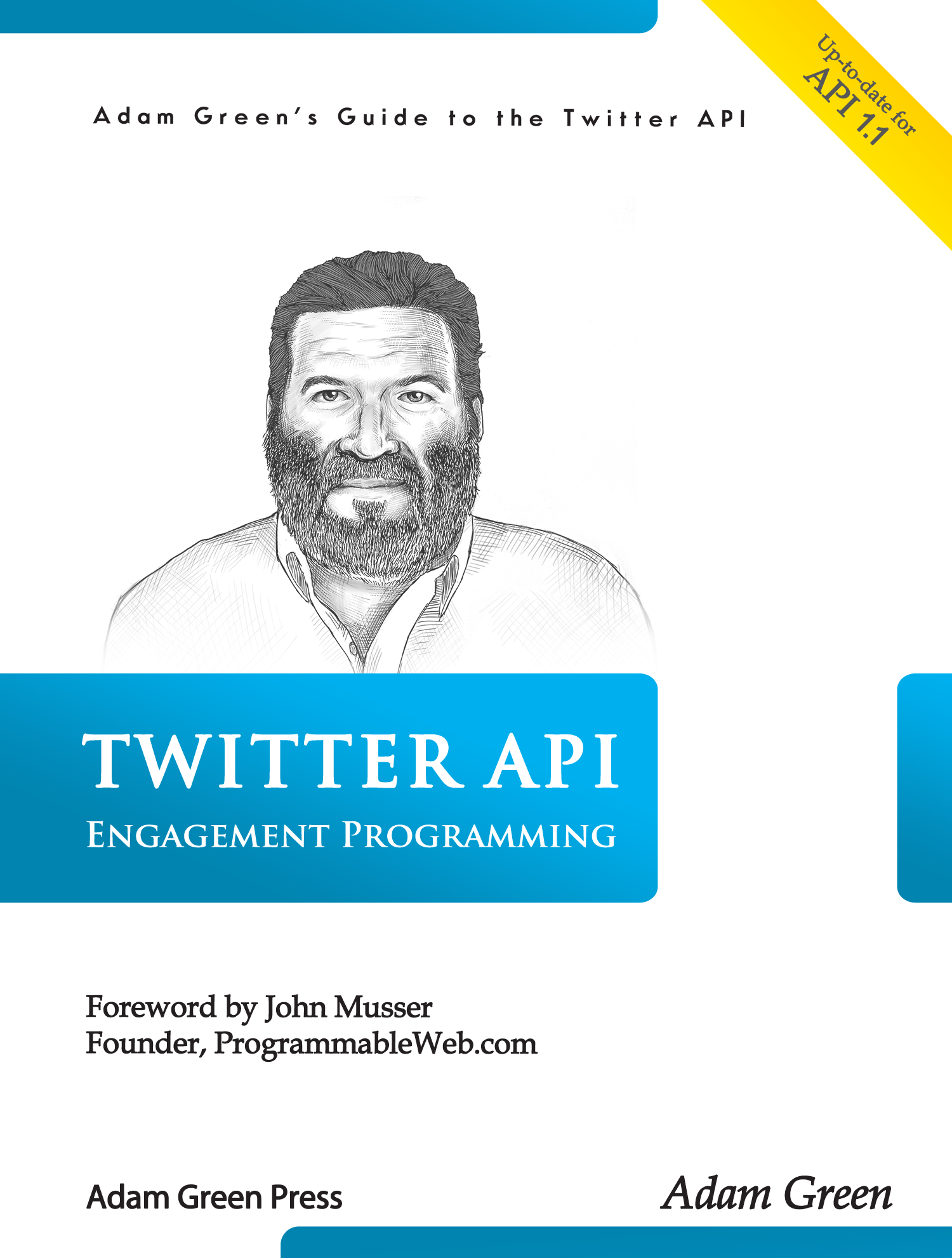My last post on lead generation introduced the idea of a follow signature. This is a technique that allows you to rank a user’s interest in a subject by counting the number of experts they follow.
This method is especially accurate when dealing with a set of users who hold opposing views. For example, how would you separate a Red Sox fan from a Yankees fan? You could count the number of times someone tweets with “red sox,” but what if they are tweeting “The Red Sox suck” or “I hate the Red Sox!”? Does that make them a Red Sox fan?
This is where a follow signature is really useful. No matter what they tweet, if someone follows 20 to 30 rabid Red Sox fans, there is no way they are a Yankees fan. They could never tolerate all those positive Red Sox tweets in their timeline. The same trick works the other way around. A Yankees fan will follow many of the Yankees experts, and hardly any Red Sox experts.
This allows you to set up two expert counts: one for the number of experts on one side of the argument, and another for the opposite site. You then can use the absolute counts, or even better, the ratio of the two expert counts to qualify a lead list.
I’ve also seen this approach work really well in politics. A progressive may follow Ted Cruz or Rand Paul to keep track of the wacky things they tweet, but nobody on the left will want to follow dozens of Tea Party accounts, and have those tweets showing up all the time in their timeline. The same thing works in reverse to identify conservatives.








